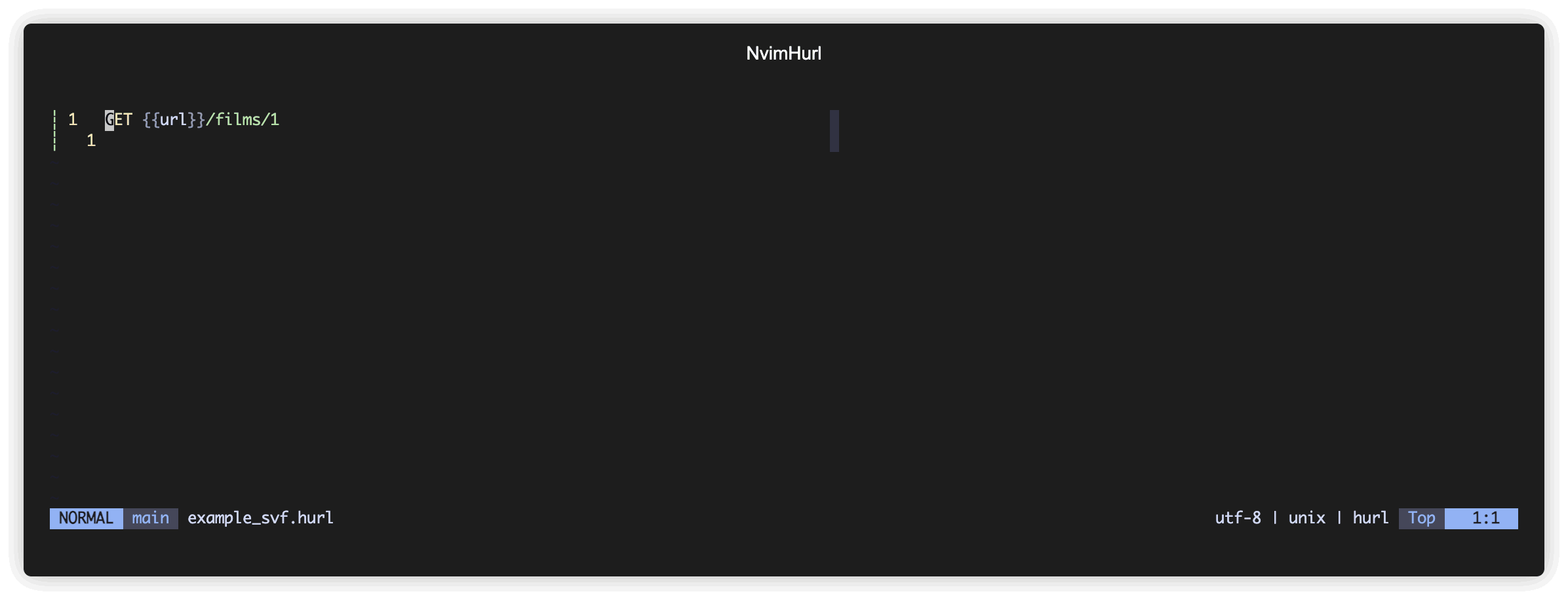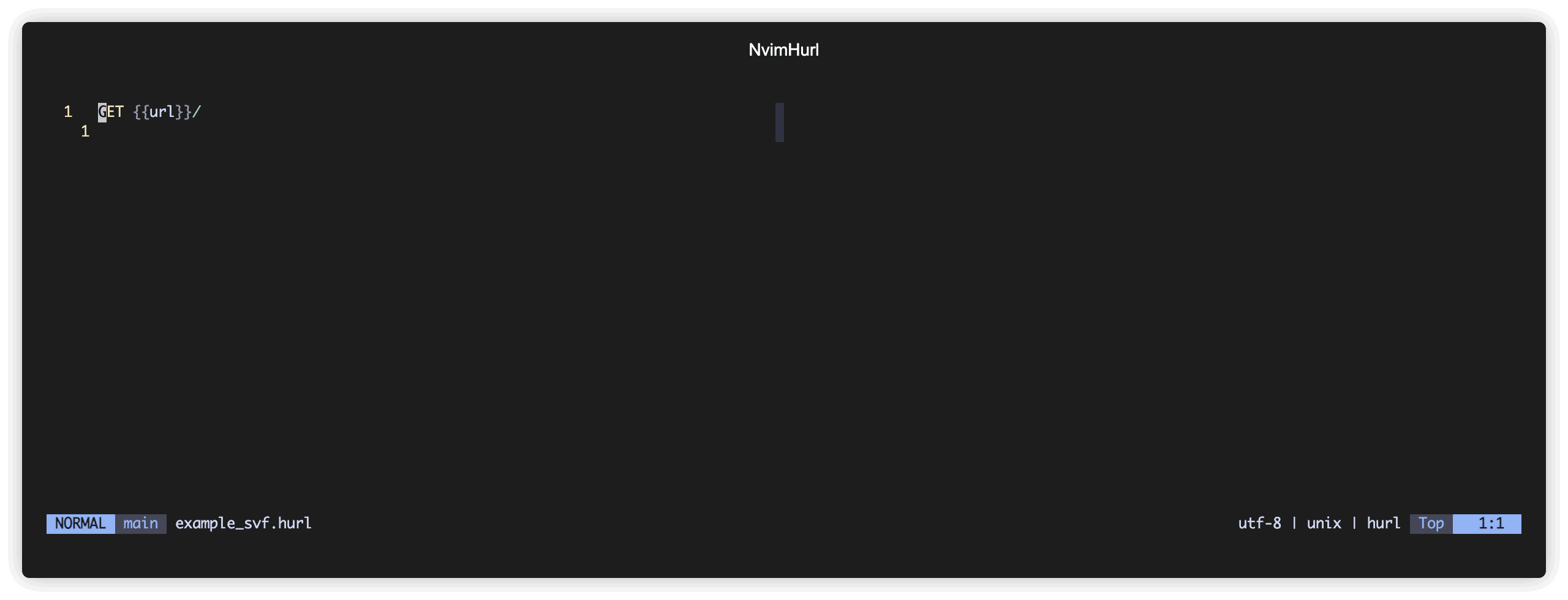Exploring APIs with Neovim and Hurl
Hurl is a very interesting project
that extends the functionality of curl. It offers an
alternative to more GUI oriented software like Postman.
Hurl is foremost a command line tool and should be easy to use on a local computer, or in a CI/CD pipeline. Some tools in the same space as Hurl (Postman for instance), are GUI oriented, and we find it less attractive than CLI
– Hurl FAQ
This caught my attention. I’ve been a user of Postman for a while, but over time I’ve found the tool to be more and more clunky, especially when working on larger projects.
- It’s awkward to navigate
- It can be slow and memory hungry, especially when there are lots of tabs open.
- It’s written with the mouse in mind, keyboard shortcuts feel more like an afterthought
- It’s hard, or at least awkward, to integrate into other tools
All of these problems have been resolved for me by combining Neovim and Hurl. To do this I wrote a plugin, nvim-hurl.nvim, it runs hurl files and displays the response those files get from the server.
Using this setup I was able to solve all the issues I had with Postman leveraging the power of Neovim and Hurl together.
- Jumping around files with a fuzzy finder like Telescope or fzf is a lot more comfortable. I don’t waste time scrolling through tabs or searching through giant collections anymore.
- This will depend on the plugins you use, but for the most part Neovim is a lot lighter than Postman. More importantly, I don’t find myself in the situation where I have 1000 tabs open anymore. This is a user problem to some extent, I could always just close tabs, but I never have this kind of problem in vim.
- Using Vim keybindings means I automatically get a more keyboard centered workflow.
- Once I’m done editing the Hurl files, I can run them however I want. It was easy to integrate into Neovim, it’s easy to integrate it into a CLI, and it would be easy to integrate it into anything that can run command line tools.
This setup also lets me take advantage of the entire Neovim plugin ecosystem.
- I get highlighting from Treesitter. There’s already support for hurl files, and by setting the file type of the response we get highlighting there as well
- If there’s an LSP running, it can be used on the response. There’s no support Hurl files yet, but it’s convenient when you need to format json responses for example
- I’ve already mentioned it, but fuzzy finding in Neovim is great
The plugin also offers additional features for hurl, like being able
to swap in and out variable files with
Hurlsvf {variables_file}.

This lets you change URL like in the demonstration above, but could also be used to quickly and easily change OAuth tokens for example.
It also offers a way to interactively explore APIs with a command
named CurlGoFromCursor. It runs a simple curl command from
your cursor allowing you to quickly navigate through links in RESTful
APIs.

Because the Hurl file is just text, and the response is just text, it’s very easy to add functionality to the plugin and very easy to integrate into an existing workflow. Hurl might not have all the features of some of its GUI competitors at the moment, but it doesn't need those features if it's so easy to integrate it into other tools that have those features.